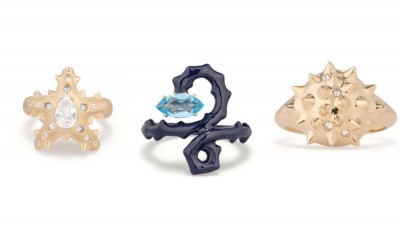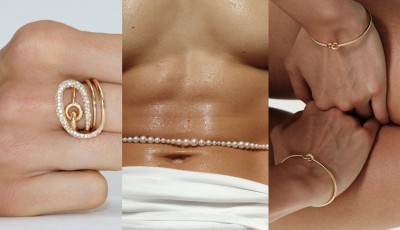Brand, Storytelling, Digital. The New Directions of the Jewelry Market
Mario Ortelli, Managing Partner at Ortelli & Co., strategic advisor for the luxury sector, traces the industry’s main macro trends among brand strategies, the value of storytelling and digital opportunities
In a post-pandemic scenario of great ferment, VO + takes stock of the situation with Mario Ortelli on the current state of jewelry, which sees a strong acceleration of some trends in the luxury market, which have also had a strong impact on jewelry.
«When we speak of jewelry trends, first and foremost, we must specify that we are dealing with a market where an overwhelming 4/5 share consists of unbranded goods compared to just 1/5 of branded items, although the latter is the more dynamic part due to brand iconicity, storytelling and digital.
Then there are the small brands with a more “regional” dimension that specialize in particular manufacturing processes and products, such as Chantecler and Vhernier. Lastly, there are the more recent brands that have managed to take advantage of macro trends to reach the heart of the consumer. Small companies that have grown due to a QVC - quality, value, convenience – approach, digital commerce, a sustainable vision or an appealing and iconic design, as in the case of Messika. As for the unbranded share, however, growth has slowed right down. It is hard for these products to reach the consumer due to the multi-brand jewelry store crisis and a lack of focus on digital commerce. The point is that, nowadays, if someone wants to buy jewelry on a digital channel, they mainly go straight to a brand’s e-commerce. Therefore, the unbranded sector must put more effort into building their storytelling into something that is relevant for a consumer who places design, story and emotion before gold grammage. Let me give an example. Italian jewelry is made by artisans who create a good product for the wholesale world. However, the world has changed and so a jewelry item alone, no matter how interesting, is no longer enough to attract the consumer’s attention. You have to create a story, you have to be attractive and innovative, besides the fact that the buyer, whether a large digital platform or the final consumer, now needs content, storytelling and something new. As a consequence, small companies have three big obstacles to face. The biggest is a cultural one – they need to be fast and open-minded -, then skills are required for brand building and communication, and, lastly, they need to invest, which is indispensable for promotion, creating interest and competing with the big brands. The Italian producer can no longer consider himself merely as a manufacturing operator. He now also has to be a marketer, a communicator and an innovator and the Italy model based on heritage alone is no longer enough. If our country wants to become the high-range manufacturing China, it is running the risk that the most important part of the value chain could go elsewhere.»






